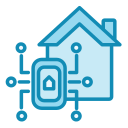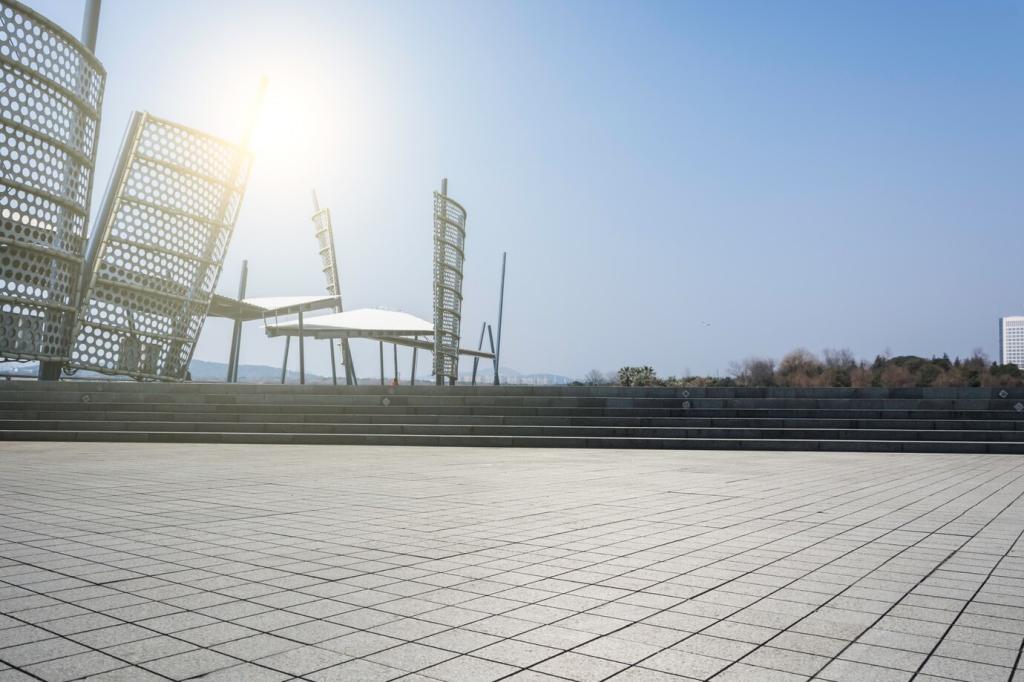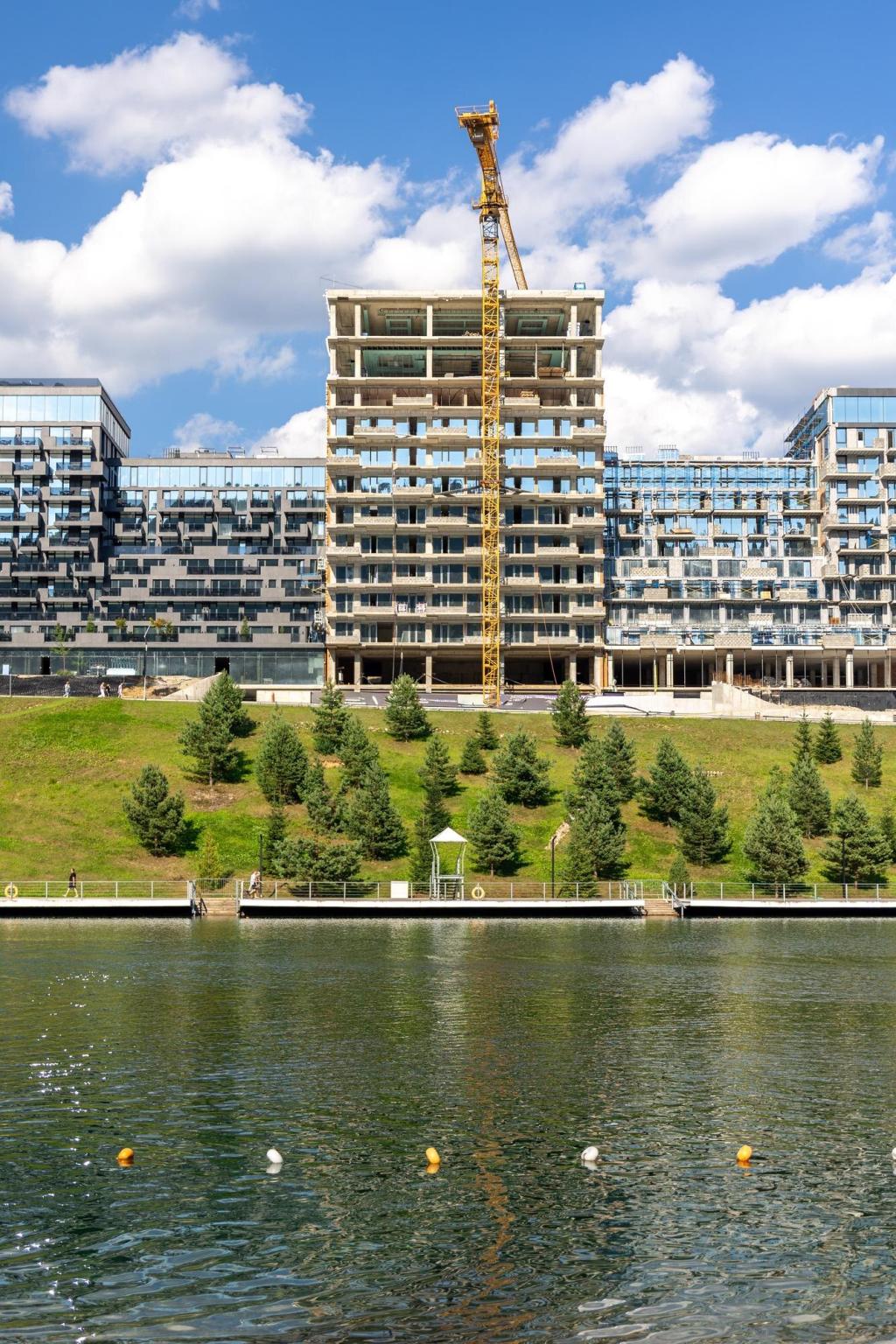Building Cheaper and Better: BIM, Modular, and Robotics
Building Information Modeling aligns architects, engineers, and contractors around a single source of truth. Clash detection saves time and money, freeing budget for better finishes and community space. Want our BIM checklist for housing teams? Subscribe and get the download.
Building Cheaper and Better: BIM, Modular, and Robotics
Local modular plants reduce transport costs and weather delays. Standardized components speed assembly while allowing warm, human design. Imagine moving families in months earlier. Should your region pilot a microfactory? Tell us which sites could host responsibly.







